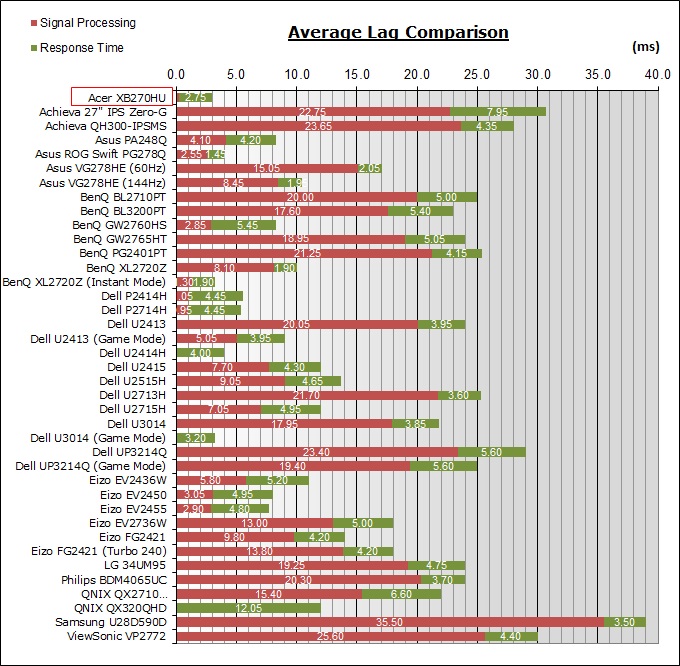Acer announced the new Predator Z35 and Predator XB1 series of displays with G-Sync support.
Acer Unveils Predator Gaming Displays With G-Sync : Read more
Acer Unveils Predator Gaming Displays With G-Sync : Read more
I'll assume the big Acer cheque came in today.
I'll assume the big Acer cheque came in today.
scolaner :I'll assume the big Acer cheque came in today.
As a point of education about how the tech industry works: Any time there is a big product launch (graphics cards, CPUs, chipsets, etc.), there is a date and time at which we in the press are allowed to publish information about it. We call that an NDA (non-disclosure agreement) or embargo.
When there's a REALLY big NDA lift, such as last night's Skylake CPUs, all the associated hardware makers ALSO have NDA lifts for all their products. In the case of a company like Acer, which makes a ton of products, we write a ton of posts -- for you, dear reader!
You'll note, for example, a number of articles about Lenovo have gone up, too, as well as new 100-series chipset announcements.
These are all part of the group of NDAs. We write these articles up as fast as the information comes in. There will be many more articles coming today.
Hate to burst your bubble, but there's no skulduggery here. Just the normal machinations of the tech world.
Says the guy employed by the ad farm 😉
Over on PCGamer's write up of the press release they say "The XB271HK is another 27-inch IPS monitor, but this one has a resolution of 3840 x 2160 and a refresh rate of up to 75Hz (minimum 24Hz)." I think they have the correct numbers.
Judging only by the specs alone, the Asus ROG PG278Q currently offers the best performance out of all of the G-Sync monitors currently available overall.

Move over Asus ROG Swift PG278Q, in our opinion we've got a new king of gaming monitors!
For quick switching on and off it is also available via the quick launch menu option. It is only available when running the screen at 85 and 100Hz modes (see update below). The lack of support at the high refresh rates is probably related to a couple of factors. Mark Rejhon at Blurbusters.com talks about it a little in his post here as well. Firstly, to have effective "clean" strobing at 120Hz you really need pixel response times to be able to reach ~1ms G2G ideally, something that this IPS-type panel cannot reach. Even the best TN Film panels struggle to reach that kind of response time, so the strobing provided at 120Hz is still not clean. By limiting the ULMB to 100Hz maximum it is more appropriate for the kind of response times made possible from this new panel - which are excellent it should be noted for an IPS variant.
Secondly when you are using the ULMB feature you cannot use G-sync. As a result you are restricted to the Vsync on/off situation which we discussed earlier in the review. Limiting the refresh rate to 100Hz maximum is less of a drain on graphics resources than 120HZ/144Hz. You'd still need a beefy graphics capability to be able to output 100 fps consistently at 2560 x 1440 resolution, so we don't feel that the upper restriction here is really a massive issue. You still get fast pixel response times, 100Hz refresh rate and the benefits of perceived blur reduction discussed below.

